RIEF論文:China’s Pilot Carbon Trading Markets(DU Yufan and Roger RAUFER)
2016-02-05 21:47:22
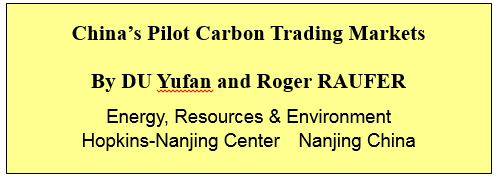
China’s rapid economic growth after the reform and opening-up policy in the late 1970s resulted in a significant increase in emissions of greenhouse gases, especially carbon dioxide. By 2007, China had surpassed the United States and became the largest energy-related carbon dioxide emitter in the world. The necessity for confronting the threat brought about by global warming and pressure from the international community have led to concrete efforts by the Chinese government to reduce carbon emissions.


In the Twelfth Five-year Plan, the Chinese State Council made it clear that China would establish a carbon trading market with the purpose of reducing greenhouse gas emissions in a more cost-efficient way. Beginning in 2013, seven pilot carbon trading markets (two provincial markets – Guangdong and Hubei; five municipal markets – Beijing, Shanghai, Tianjin, Chongqing, and Shenzhen) started operations in order to meet China’s commitment stated in the Twelfth Five-year Plan.



























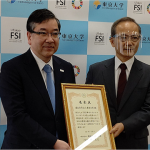
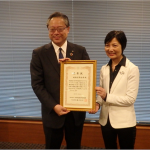


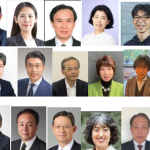
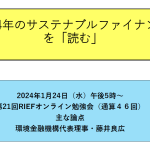
 Research Institute for Environmental Finance
Research Institute for Environmental Finance